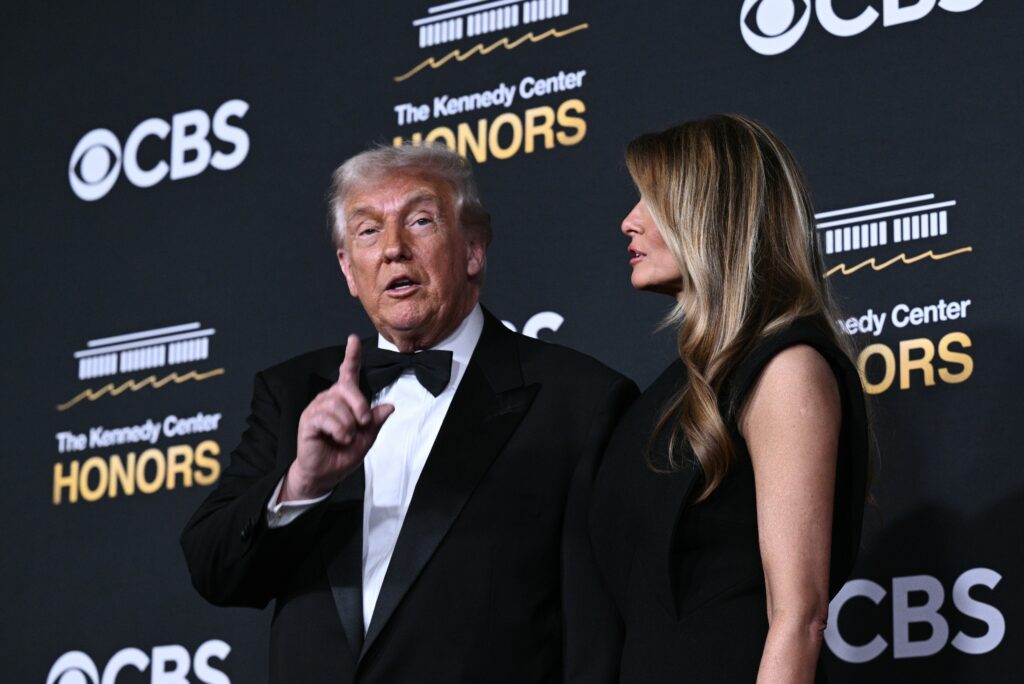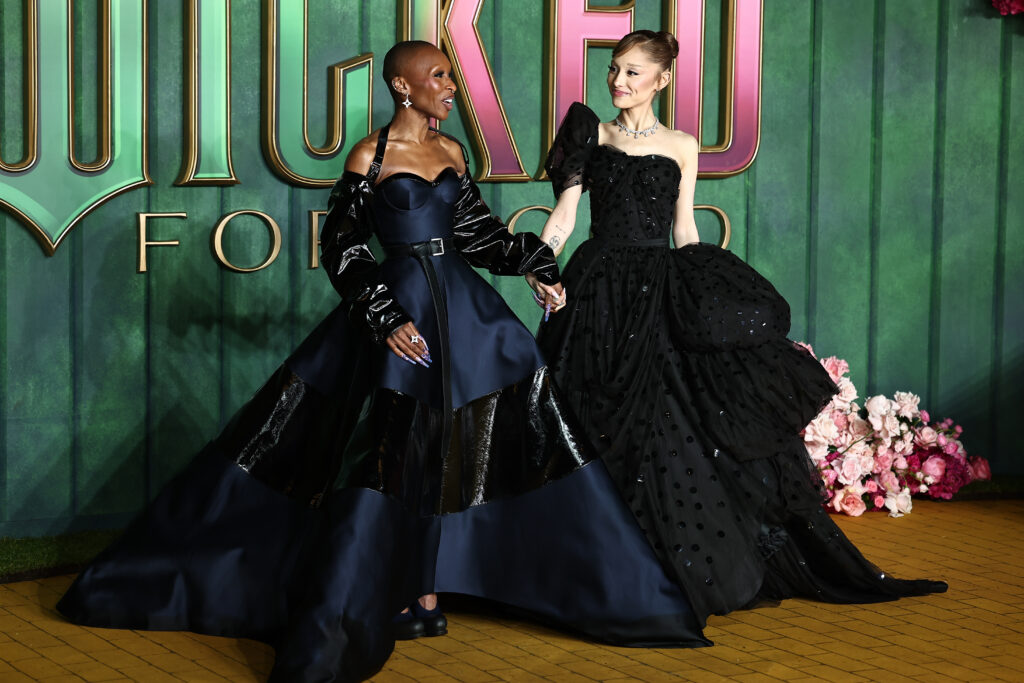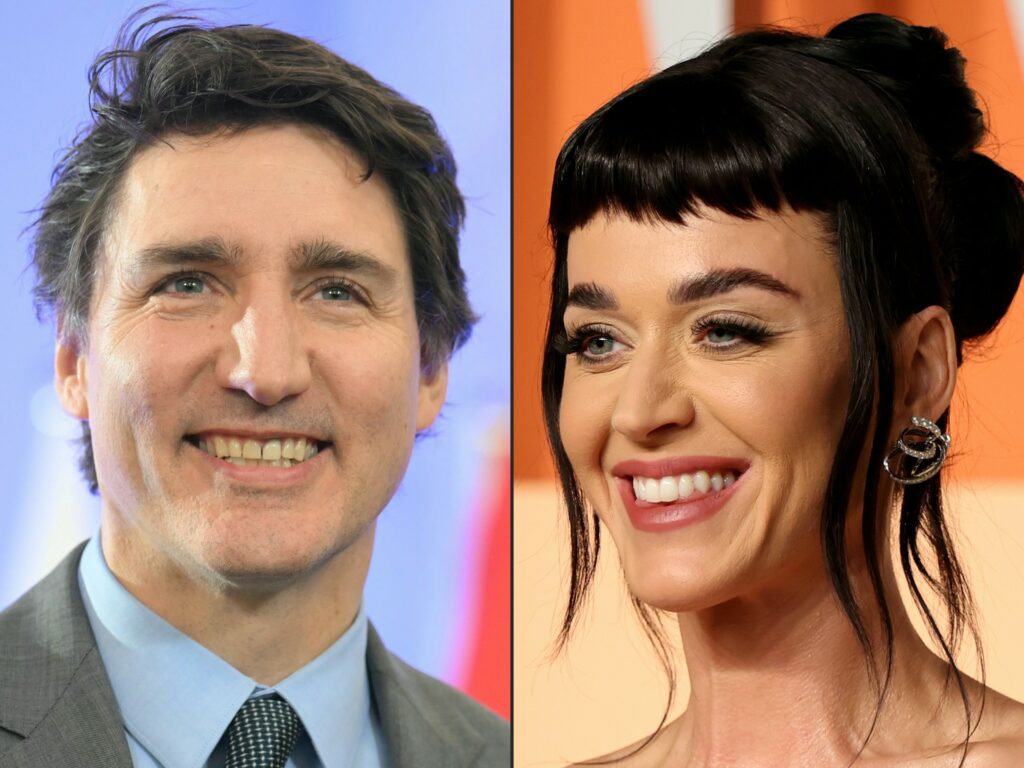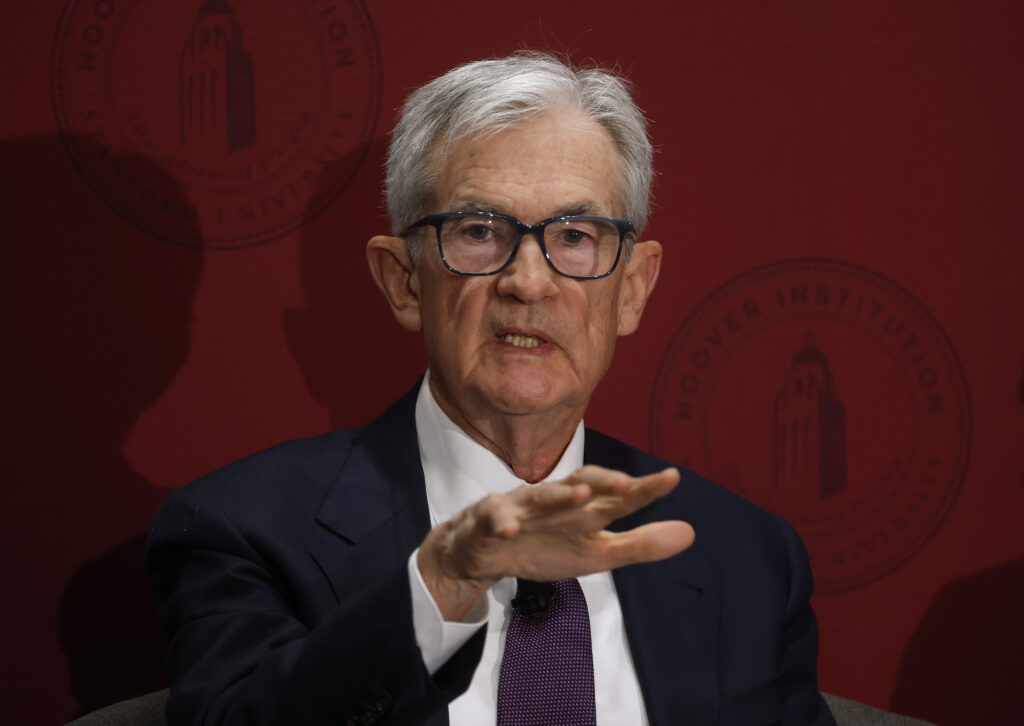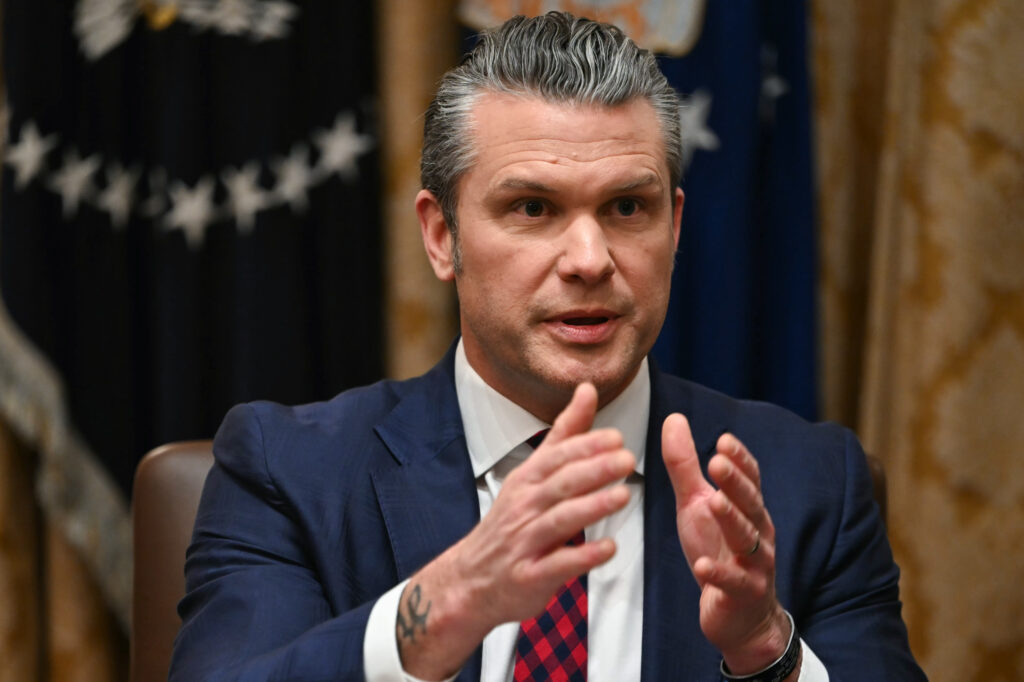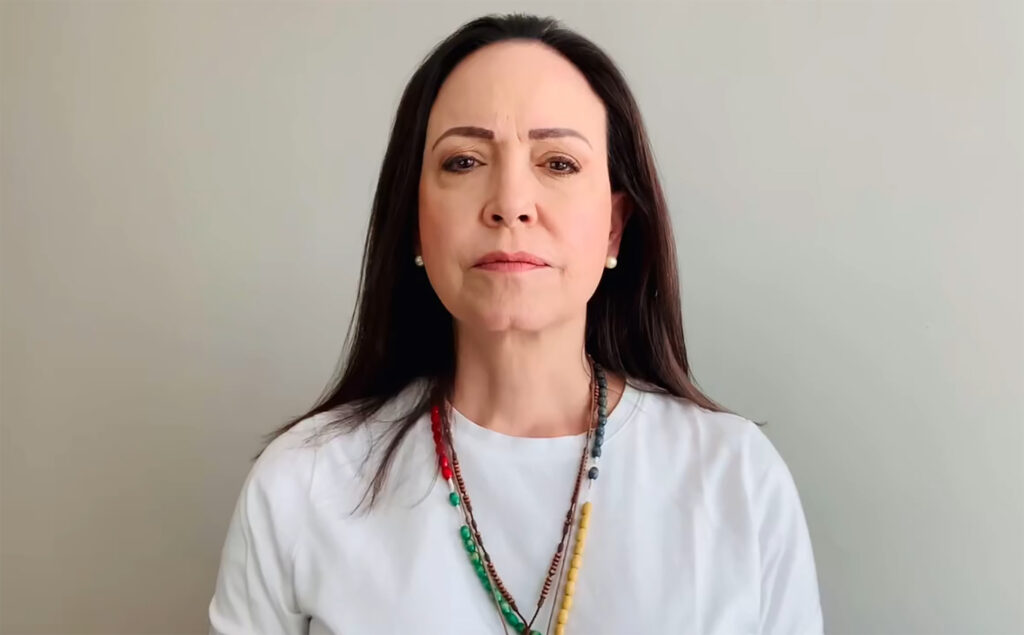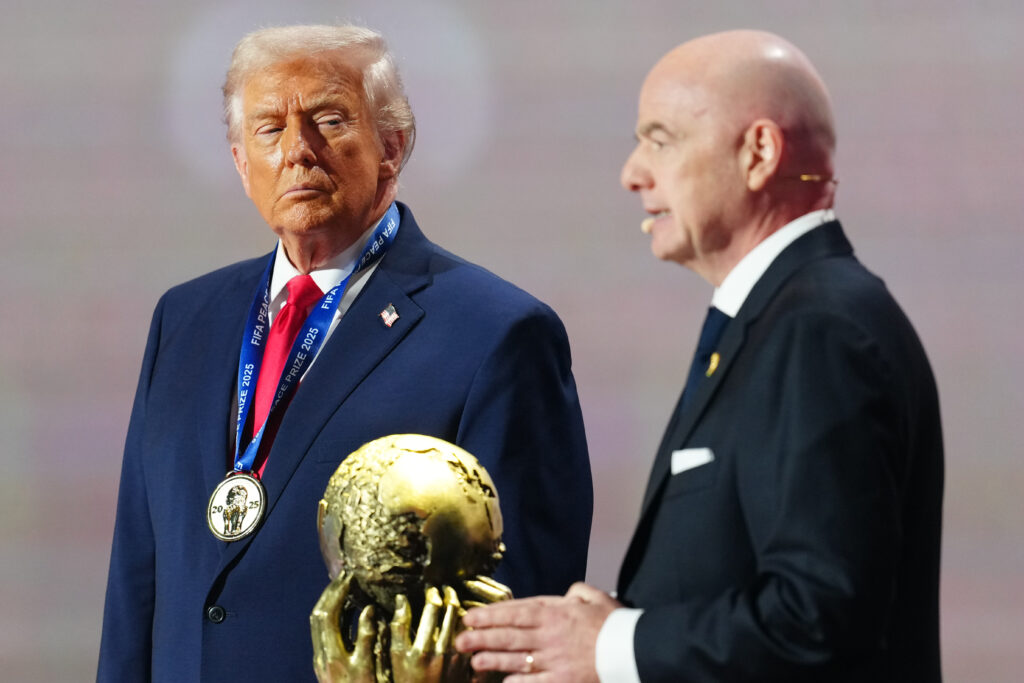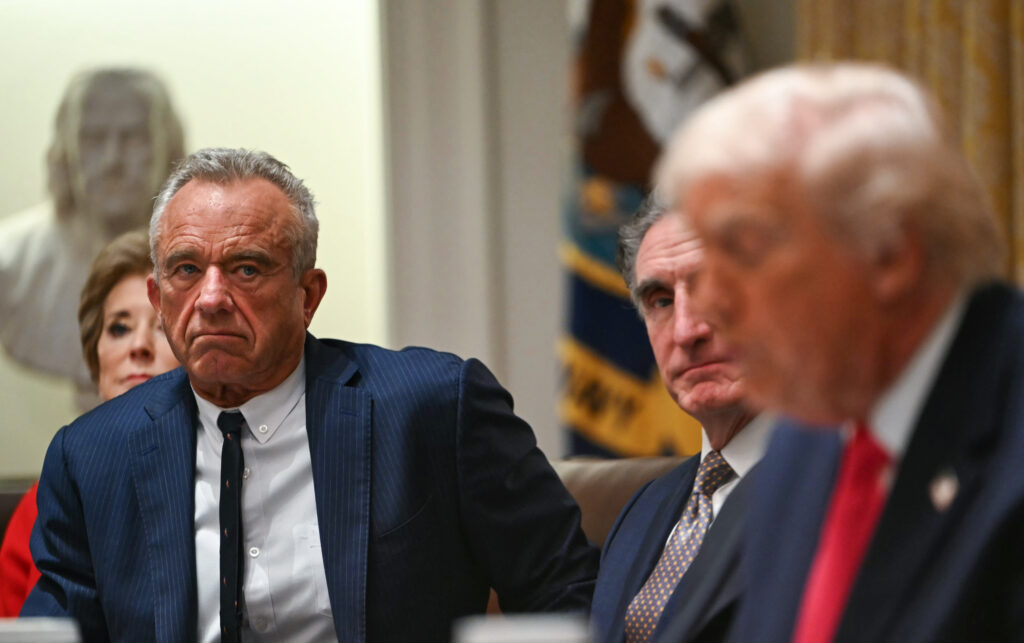Trump takes limelight as Kennedy Center honors artists
US President Donald Trump took center stage on Sunday as host of the storied Kennedy Center’s flagship awards program, praising select entertainers and his own forceful overhaul of the storied arts venue.The Kennedy Center Honors highlight prestige in the arts, and this year’s honorees included “Rocky” actor Sylvester Stallone, country singer George Strait, disco legend Gloria Gaynor and rock band KISS.Since returning to office in January, the 79-year-old Republican president has declared war on what he calls “woke” viewpoints and the nation’s cultural institutions, including the Smithsonian, which have made significant efforts to highlight more diverse talents in recent years.”Each of these honorees has a story of success and triumph that would only have happened in the United States,” Trump told the audience, which included Pentagon chief Pete Hegseth, US Attorney General Pam Bondi and other top members of his administration.While Trump’s predecessors were content to attend the show and watch musical performances and speeches from the presidential box, the former reality host donned a tuxedo and seized the opportunity to be on stage with the stars.”This is the greatest evening in the history of the Kennedy Center,” Trump said, telling the audience that he had toured the renovations he has initiated. “This place is hot.”The Kennedy Center, a living monument to the late former president and civil rights advocate John F. Kennedy, opened in 1971 and has long enjoyed bipartisan support. The awards started being given in 1978.Trump appointed himself board chairman for the Kennedy Center in February, and has taken to renovating the stately white marble complex overlooking the Potomac River in Washington.The show is scheduled to broadcast on CBS December 23, and Trump told the audience, while the taping was still in progress, “the show is already getting rave reviews.”- No-show to center stage -The president may be attempting to get ahead of criticism that this year’s stars were of a lower wattage than honorees of years past — which have included Fred Astaire, Lucille Ball, Aretha Franklin, Mikhail Baryshnikov, Placido Domingo and other world-class stars. During Trump’s first term, from 2017 to 2021, the Republican president boycotted these evenings, because artists declared they didn’t wish to meet him based on his policies.This time many of the selected honorees are also Trump supporters or Republicans.Sylvester Stallone, 79, best known for the “Rocky” films, is an outspoken supporter of the president, who in turn named Stallone an “ambassador” to overwhelmingly Democratic Hollywood.MAGA donor and disco singer Gloria Gaynor, 82, was honored for her genre-defining hit and karaoke mainstay “I Will Survive,” among other songs.Country music’s George Strait, 73, and glam rock band KISS were also honored — without guitarist Ace Frehley, who passed away in October aged 74.British actor Michael Crawford, 83, known for his role in the musical “The Phantom of the Opera” was also honored — in a genre Trump has said he is fond of.Past Kennedy Center honorees were outfitted with a rainbow-colored ribbon collar, but that was deemed vulgar by the current White House. This year’s honorees received a redesigned gold medallion from jeweler Tiffany and Co., owned by the French group LVMH, which “hangs from a navy-blue ribbon, a color associated with dignity and tradition,” the Kennedy Center said in a statement. The Trump administration’s new loyalist leadership of the Kennedy Center has also ended drag shows and events celebrating the LGBTQ community.Media reports indicate ticket sales at the Kennedy Center have declined since the president and his associates took over.

